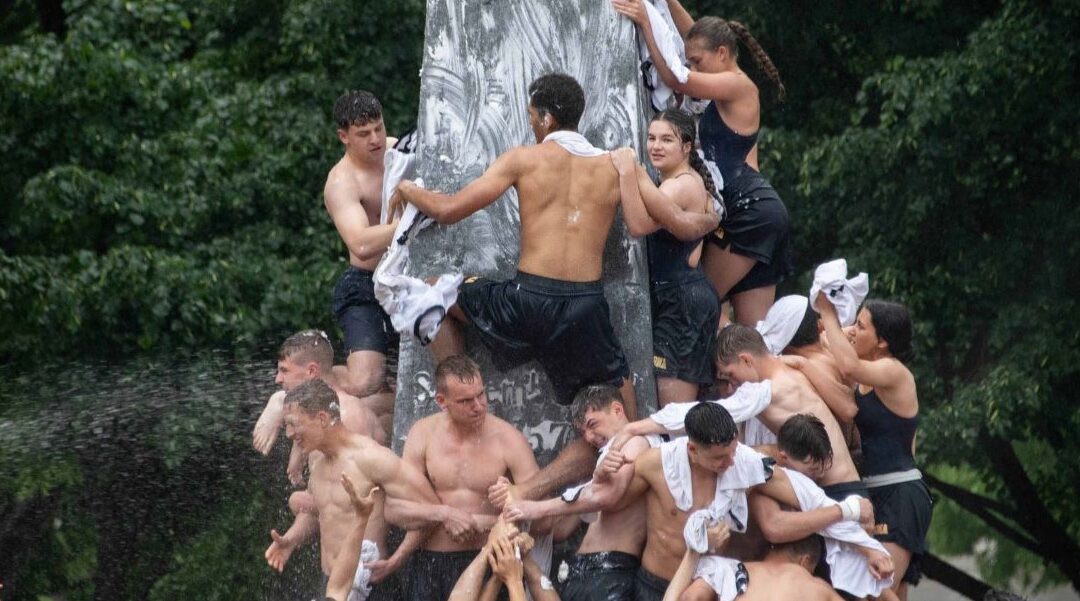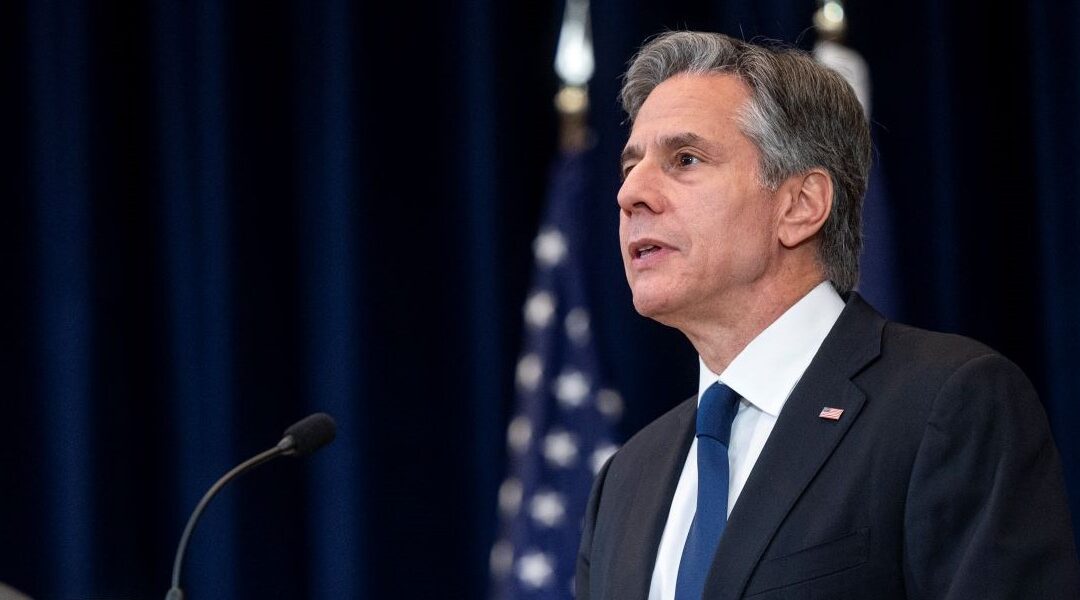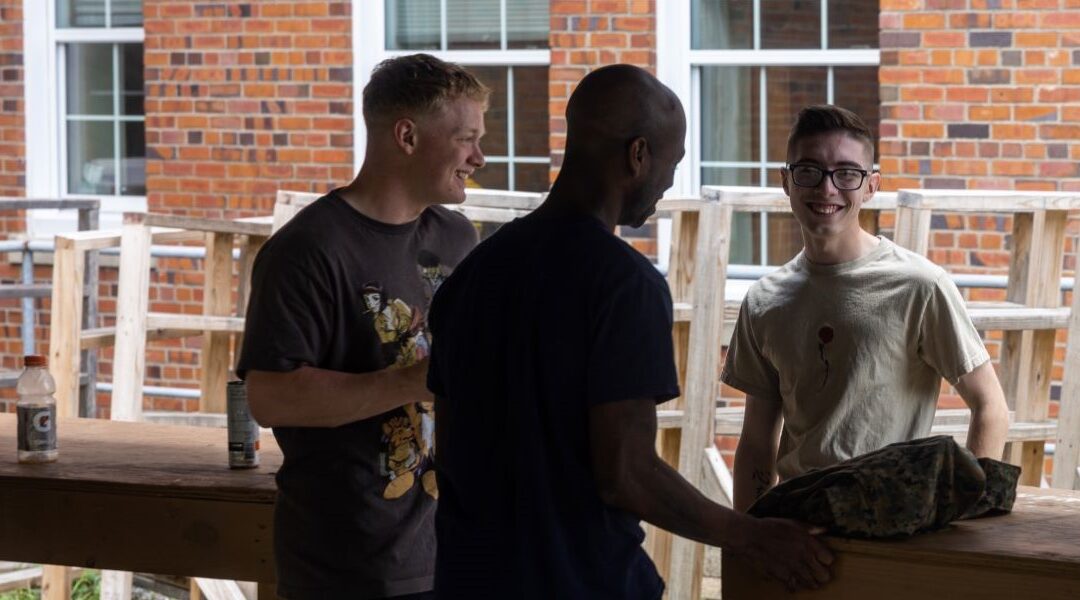
The COVID-19 pandemic is already impacting the military in some day-to-day tactical ways, but there are bigger ways that the Pentagon and installations will be forced to change how they operate, according to the panel on Thursday’s CMSI town hall, “How Will COVID-19 Change the Military?”
“Every time a crisis has happened in this country, we always say, “Gosh, I wish we could go back to the way it was,’” said Gen. John Hyten, vice chair of the Joint Chiefs of Staff. “That’s not our job. Our job is to go back to how it is.”
But this crisis is unlike any in most Americans’ lifetime, said David Barno, visiting professor of strategic studies at the Johns Hopkins School of Advanced International Studies, who said this is similar to the combination of the Great Depression and World War II.
“This will be a world-transformative event but one that will have a huge and lasting impact on the U.S. military and how it will change,” Barno said.
Barno and Nora Bensahel, also a visiting professor of strategic studies at the Johns Hopkins School of Advanced International Studies, said the most lasting impact may be defense budget cuts far deeper than those seen during sequestration.
“The defense budget is going to down, and probably by a lot,” Bensahel said.
She noted that policymakers will need to address unprecedented deficit spending and focus on non-defense programs for economic recovery and protect the nation from future non-military threats. She and others also expressed optimism that tough decisions at the Pentagon may lead to some positive reforms.
That could include long-term changes in the design of facilities, said Andy Napoli, director of installation analysis in the office of the assistant secretary of the Army for installations, energy and environment.
“Given that we will now have to use our facilities differently than what they were initially designed for until there is a vaccine,” he said, future design projects may focus on spaces that can be used for multiple functions, unlike many DOD facilities built for a singular purpose.
Even the mindset of many military members is starting to change, said Brig. Gen. Brett Sylvia, deputy commander of the Army’s 1st Cavalry Division, who participated in the town hall while on a training mission in Poland.
“Generally, no one takes chemical training seriously. People are taking it serious now,” he said, light-heartedly. “People are wearing those gloves and wearing their protective gear.”






